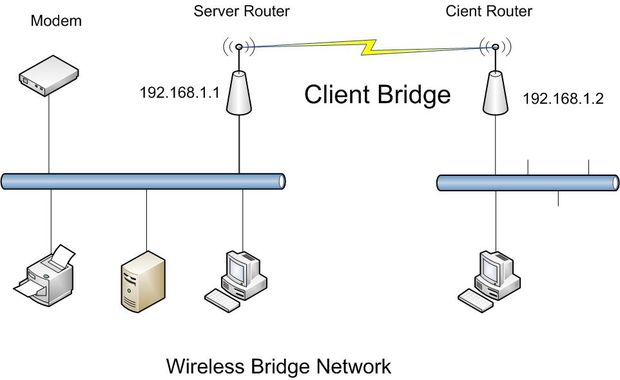
The RF Power Sockets are one of the fast and easy way to control an electrical device without be involved in wiring and cabling activities (and either being far from your line 120/220 V), these device shall be placed in between your socket and the device that you are willing to control. These come with a remote control device that allow you to turn them ON and OFF.
Component
we need a relevant RF transmitter to connect with an Arduino node with Ethernet facility.
step 1.
Start to setup your RF Power Sockets
Each RF Socket has an address that can be set via rotary or DIP switches that are located on the back, once inserted in your home socket the RF ones will goes ON and OFF from your remote control.
step 2.
Use RCSwitch to control your socket with Arduino
The RCSwitch library runs on Arduino devices and using a cheap RF 315 or 433 MHz transmitter, is an easy way to send a control frame to the sockets. Most of the RF Sockets available on the market use the same coding, these are stored into RCSwitch, so you can control mostly all RF Sockets on the market, no matter the brand.
step 3.
At this time you should be able to control your sockets via Arduino, the next step is to integrate this in Souliss. If quite straightforward, just need to link the output of Souliss to RCSwitch send.
Project.



COMMENTS